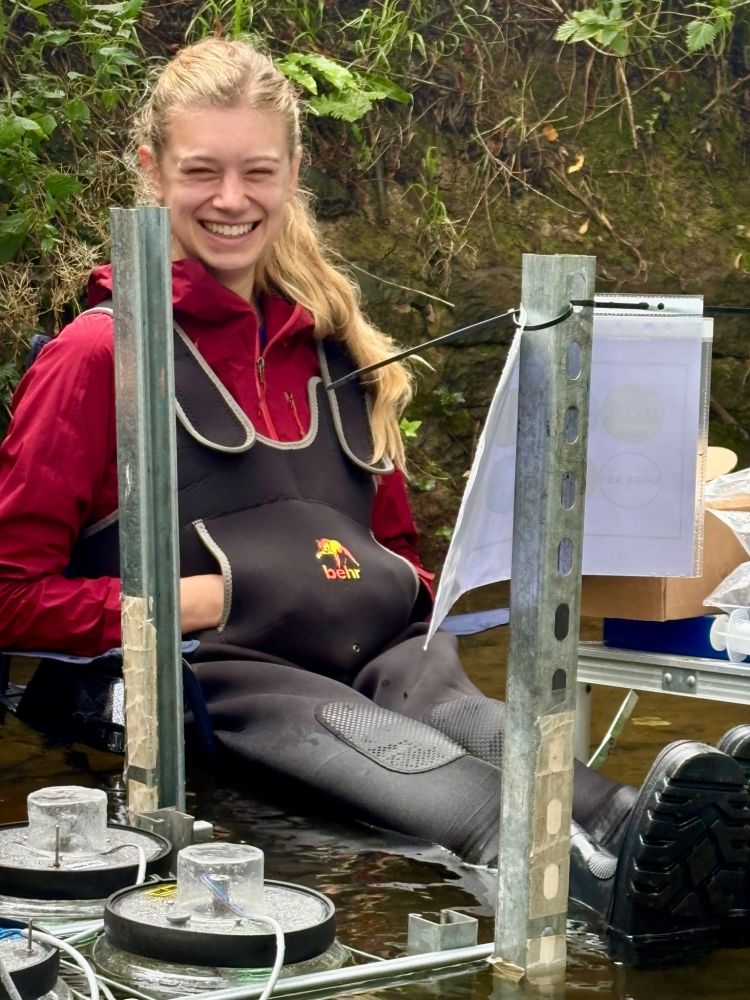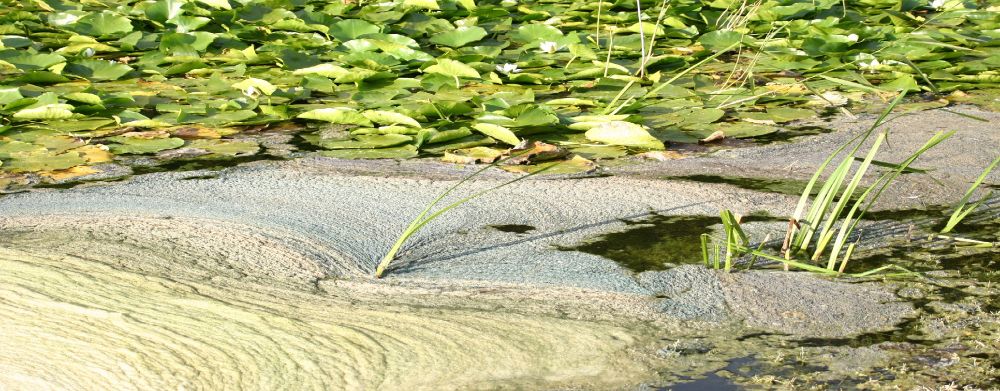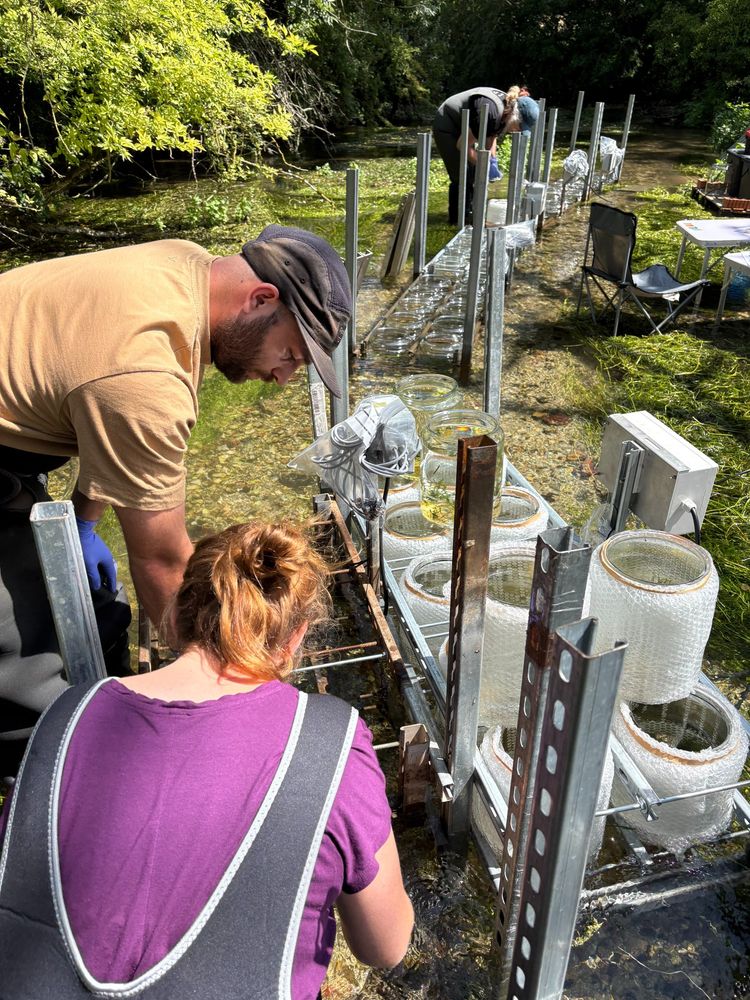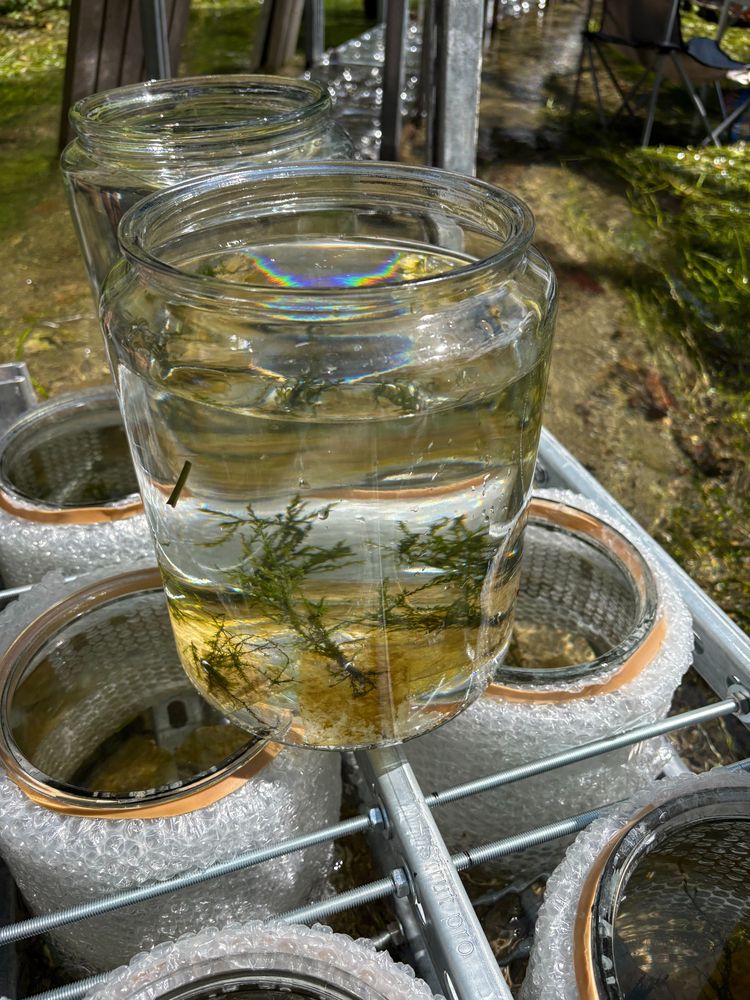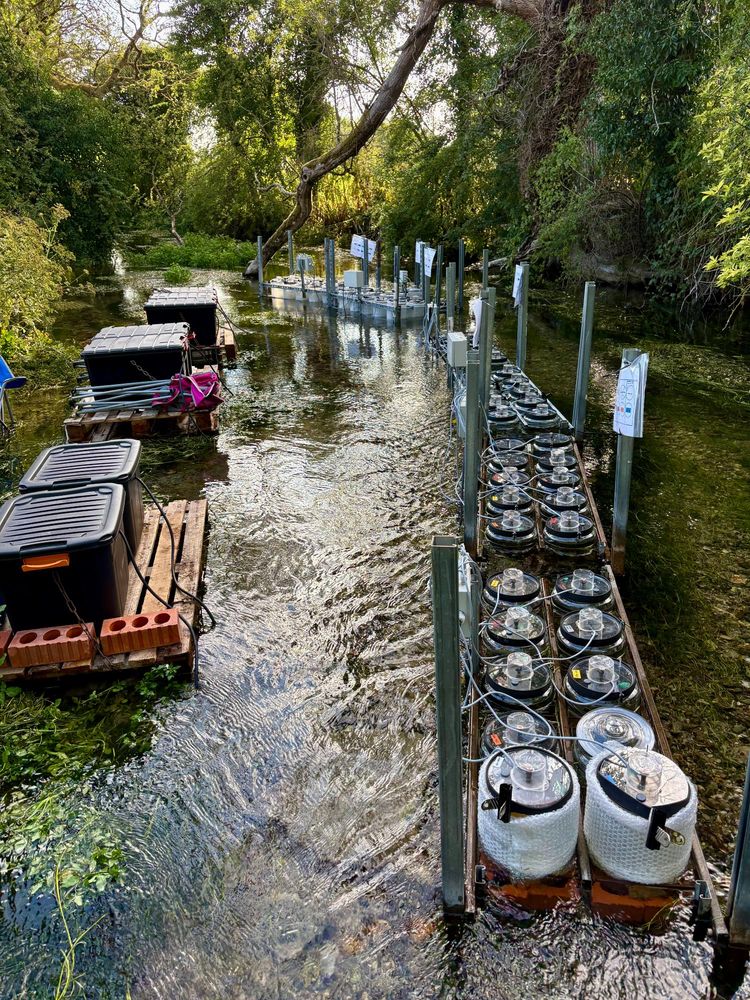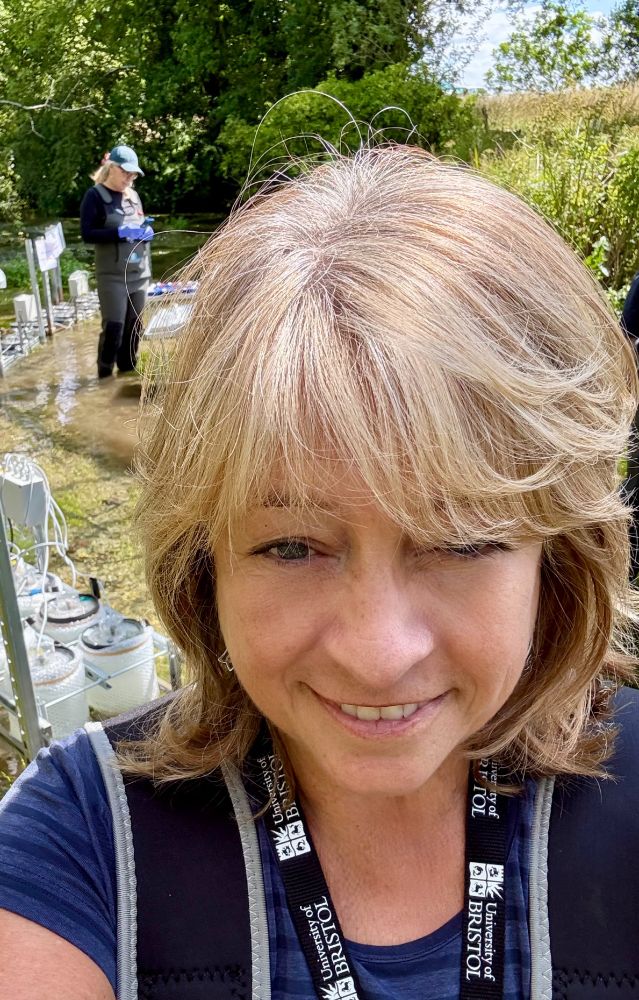Penny Johnes
@pennyjohnes.bsky.social
850 followers
550 following
260 posts
Professor of Biogeochemistry, UBris. Researches freshwater nutrient pollution and biodiversity loss in lakes, rivers and wetlands, and mitigation strategies. Nitrogen, phosphorus, carbon, isotopes, dissolved organic matter.
ORCiD: 0000-0003-1605-6896
Posts
Media
Videos
Starter Packs
Reposted by Penny Johnes
Penny Johnes
@pennyjohnes.bsky.social
· Aug 23
Penny Johnes
@pennyjohnes.bsky.social
· Aug 6
Penny Johnes
@pennyjohnes.bsky.social
· Jul 11
Penny Johnes
@pennyjohnes.bsky.social
· Jul 11
Reposted by Penny Johnes
Penny Johnes
@pennyjohnes.bsky.social
· Jul 9
Penny Johnes
@pennyjohnes.bsky.social
· May 30
Reposted by Penny Johnes
Penny Johnes
@pennyjohnes.bsky.social
· May 28

















